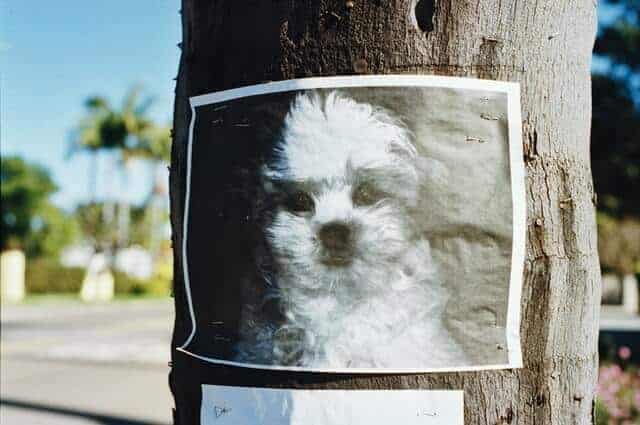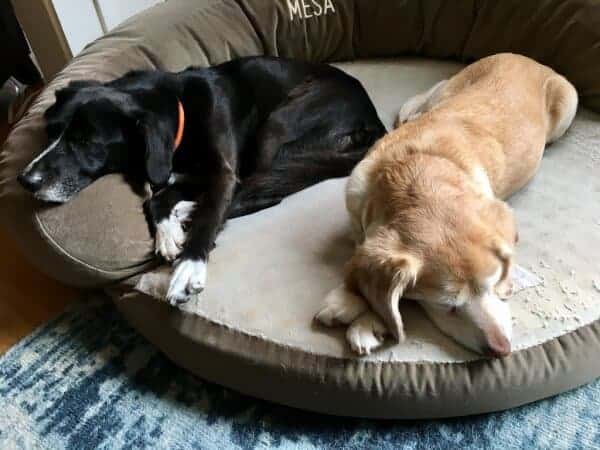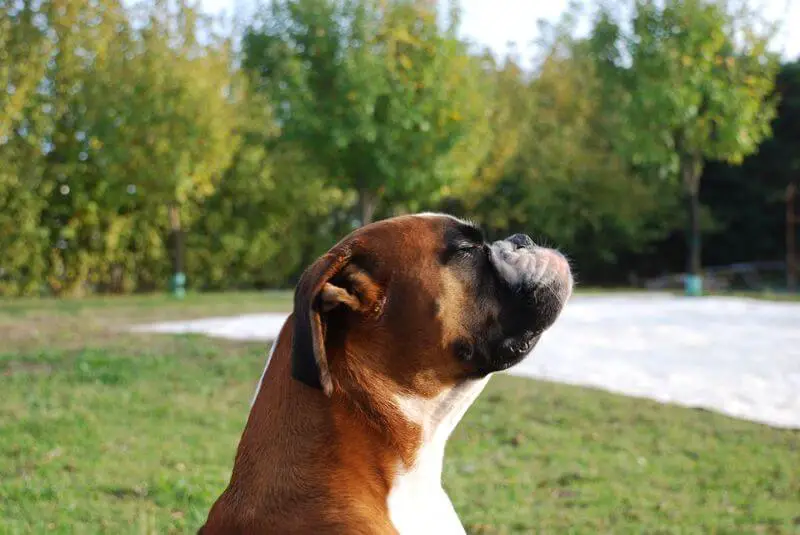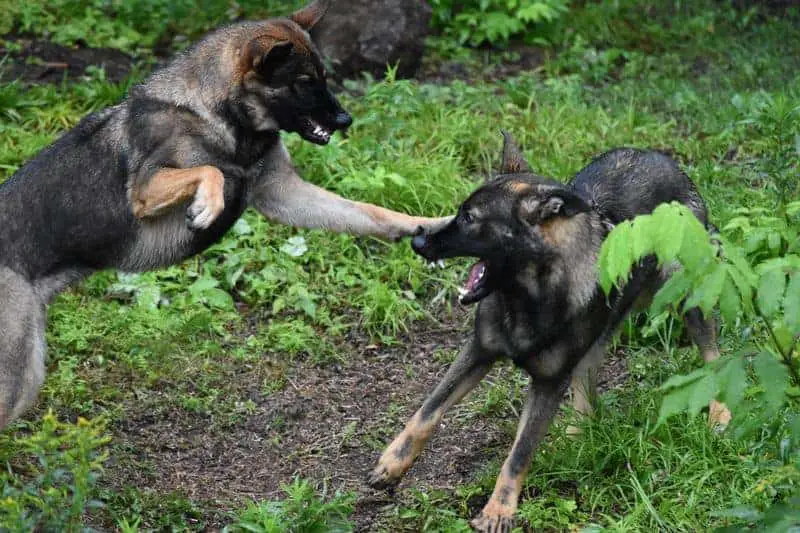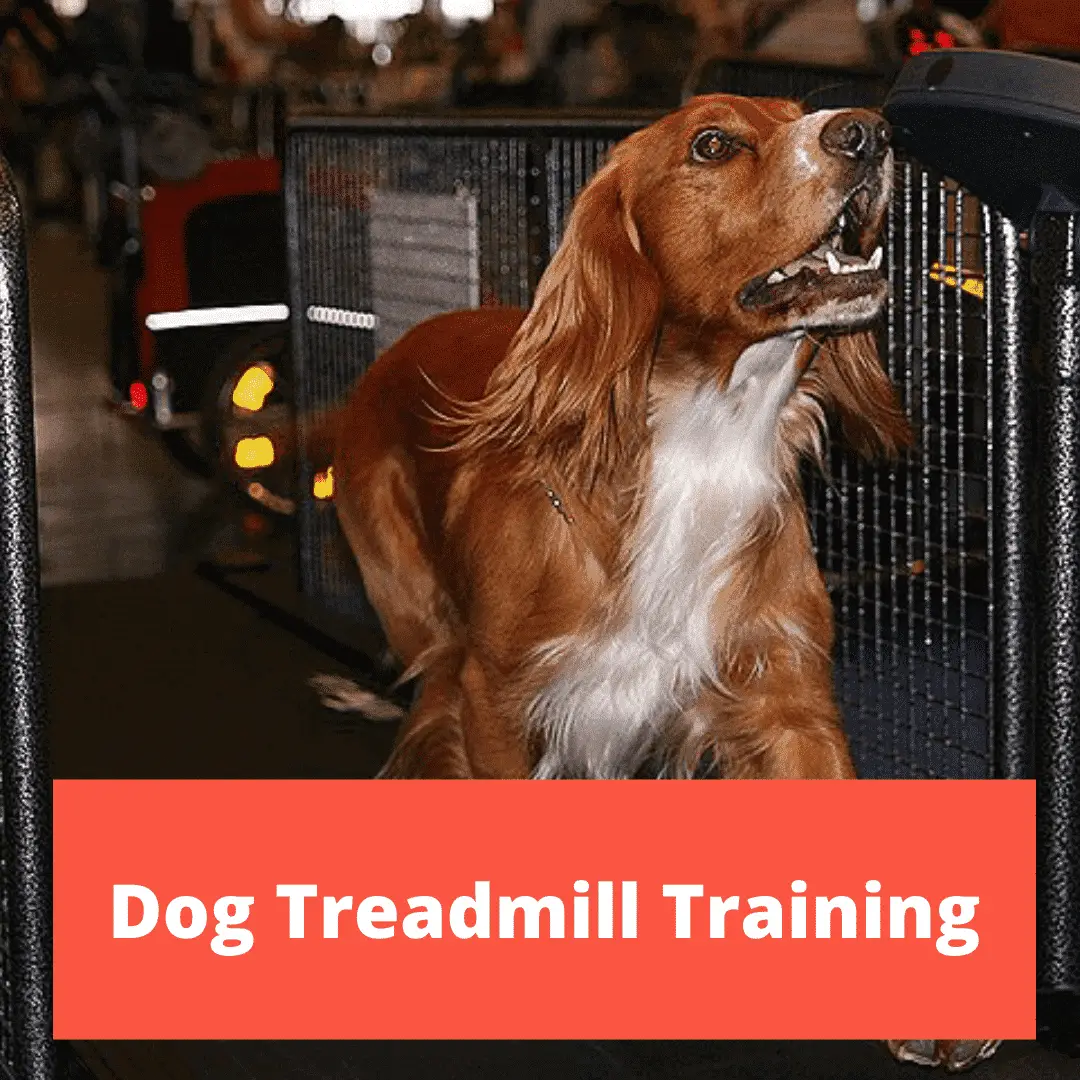Patellar Luxation is a surprisingly common health issue encountered by dogs. In this article we look at what Patellar Luxation is, what causes it and how it is treated.
The patella is the technical term for a kneecap, and is a translation of ‘shallow dish’ in Latin. Luxation is defined as the dislocation of an anatomical part. Hence, patellar luxation is the dislocation of the kneecap, also referred to as a slip knee because the kneecap moves out of its regular placement. The condition can be a painful, yet is very treatable.
Patellar luxation is a common disease found in many different dogs, particularly in the smaller or toy breed types. Symptoms of the condition range from mild irritation to extreme pain, lameness and loss of function in the affected limb/s. Though there are some therapies and medications available to relieve the symptoms, severe cases would require surgery.
The patella is the technical term for a kneecap, and is a translation of ‘shallow dish’ in Latin. Luxation is defined as the dislocation of an anatomical part. Hence, patellar luxation is the dislocation of the kneecap, also referred to as a slip knee because the kneecap moves out of its regular placement. The condition can be a painful, yet is very treatable.
Patellar luxation is a common disease found in many different dogs, particularly in the smaller or toy breed types. Symptoms of the condition range from mild irritation to extreme pain, lameness and loss of function in the affected limb/s
What is patellar luxation?
The patella, or kneecap, is a relatively small bone hidden in the tendon of the quadricep muscles of the thigh and should assist with knee extension. In normal situations, the kneecap will ride in the groove which is nestled within the thigh bone, or femur, and allows the patella to move up and down when the joint is either extended or bent. However, if the kneecap rides outside of this groove when the knee is straight, or flexed, then this is when patellar luxation will be diagnosed. A diagnosis of patellar luxation basically means a dislocated knee; the knee cap can no longer slide across the groove. A veterinarian will further describe the disease as either medial (inner) or lateral (outer), based on where the patella is riding on the joint.
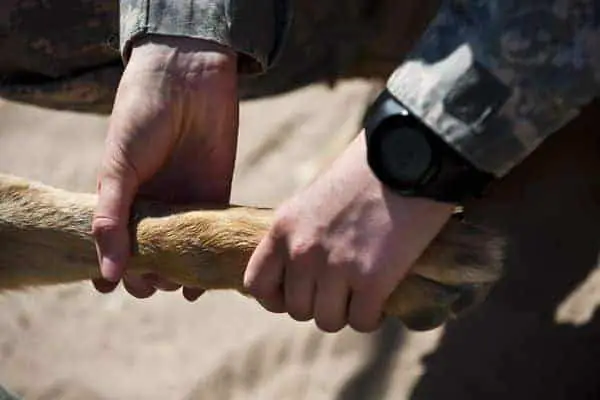
What causes Patella Luxation
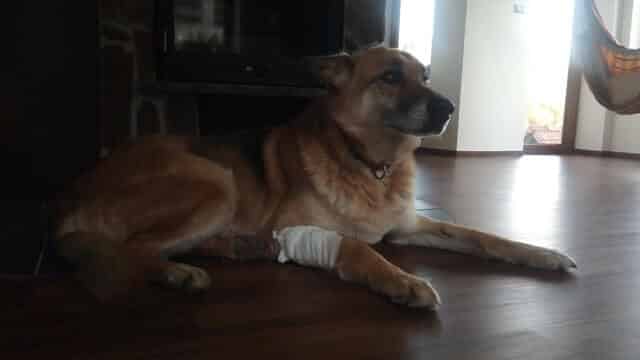
Patellar luxation can be caused by congenital, genetic or traumatic factors, or may be a combination of these reasons.
Congenital malformations, meaning a condition present from birth, are the most common cause of patellar luxation. One study noted that patellar luxation was diagnosed in 7% of all puppies. The exact reason for patellar luxation is not entirely understood and may likely have a few causes. The femoral groove may be too shallow, or may be completely absent. It may be a consequence of other, more complex, abnormalities of the skeletal system which affects limb alignment. Conditions such as hip dysplasia or malformation of the femur, tibia or patellar ligament can affect the condition.
Genetics does play a large part in patellar luxation. The condition can be diagnosed in young dogs before their first heat, therefore a responsible breeder will not breed any dog which has shown signs of patellar luxation. If you are intending to purchase a dog breed which is prone to patellar luxation, it is important to ensure that you have met the parents and that the breeder is willing to offer a genetic guarantee.
Very occasionally, patellar luxation can result of trauma. An accident which caused tearing or stretching of the stifle, or knee, joint may result in noticeable sudden lameness of the limb. In rare cases, patellar luxation can be caused by excessive exercise or stress during puppyhood especially for very fast-growing breeds.
Symptoms of a luxating patella
Patella luxation may be asymptomatic in very low-grade cases and your vet may find it without you even being aware. There is a large variance in the symptoms of the disease, depending on the severity and the breed in which it affects. In half of the cases, both back knees are affected. Young pups may appear bow-legged whereas large breeds may have a knocked-in knee appearance
The first sign that a dog is suffering from patellar luxation may be limping or a sudden loss of support on a particular limb. You may find that your dog is ‘skipping’ and unable to put weight on that leg. This lameness may become more frequent as time goes on and the disease progresses.
Not unlike a human with a bad knee, you may notice that your dog shakes or extends the limb from time to time. You may even hear a ‘popping’ noise in the dog’s knee or notice an abnormal sitting posture where the knee appears to turn outwards.
In time, the patella may continue to dislocate more and more and thus erode the surrounding cartilage and expose the bone which may lead to arthritis and further pain.
Occasionally, this condition can lead to ruptured cranial cruciate ligament in about 15-20% of dogs with this condition.
How can I help my dog with a luxating patella?
Patellar luxation may be diagnosed by your veterinarian during a routine physical exam before you even notice any symptoms. In this case, your vet should go through the variety of treatments methods available based on the severity of your dog’s condition.
Below is the standard grading scale for patellar luxation, with 3 & 4 generally requiring surgical intervention:
- Grade 1 – Dogs with Grade 1 luxation do not suffer from severe pain. The patella can be manipulated out of its groove but will spontaneously return to its normal position. This is common in smaller breeds like Yorkshire Terriers or Pomeranians
- Grade 2 – Dogs with Grade 2 luxation do sometimes suffer from pain when the patella slips out of place. The patella will ride out of its groove occasionally but can be replaced in the groove with manual manipulation or massage.
- Grade 3 – Dogs with Grade 3 luxation will suffer from constant pain and may develop osteoarthritis. The patella rides out of its groove most of the time but can be replaced in the groove with manipulation or massage.
- Grade 4 – Dogs with Grade 4 luxation are in constant pain. The patella rides out of its groove all of the time and cannot be replaced inside the groove with manipulation or massage.
Non-surgical treatments for luxating patella in dogs
Grade 1 and 2 luxation does not require surgical intervention; however, there are other treatments available which may assist your dog’s functionality and comfort, as well as alleviate further medical complications. Speak to your veterinarian about recommended treatments for your particular pet.
It should be noted that many smaller breeds can live a happy and healthy life with luxating patella and not have it cause any pain, result in arthritis or have a need for surgery. If there are no symptoms due to patellar luxation, then you should still supervise your pet for any future signs of the condition, including if the knee cap spontaneously returns to its normal position or only occasionally requires replacement with manual manipulation.
It is important to maintain a healthy weight for your dog which will decrease pressure on the stifle joint. A healthy diet should not only improve their occurrence of luxating patella, but also their overall health. There is a wide range of natural products on the market claiming to improve joint health and decrease inflammation. We would always suggest that you first speak to your veterinarian before the introduction of any of these into your dog’s diet. Your vet may also offer prescription medication which can assist with mediating any discomfort that your pet may feel; however, medical therapy will not correct the actual disorder of patellar luxation.
Patellar luxation can be improved with manual manipulation or massage. Consider checking to see if there are any animal, or canine, massage therapists in your area. If you are struggling to find one, note that some massage therapists that work on people have been known to extend their practice to canines as well. This alternative therapy can improve joint flexibility and aid in pain relief. Moreover, request that you are shown basic techniques to continue to treat minor ailments in your pet at home.
Canine physiotherapy can also assist with the symptoms of patellar luxation in your dog. Exercises which develop the supporting muscles of the knee may alleviate the symptoms, as well as contribute to your dog’s overall health. Swimming is an excellent non-load bearing activity.
If you have a diagnosis of patellar luxation from your veterinarian, but your pet is not in need of surgery, then consider using a dog knee brace. This will assist in supporting and strengthening your dog’s stifle joint while providing the stability that your canine may need to assist with healing and overall comfort. The braces are generally made out of comfortable neoprene fabric and can also assist with arthritic conditions.
Surgical treatments for luxating patella in dogs
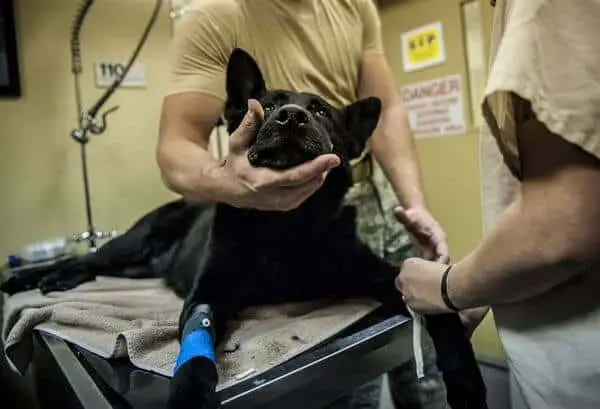
Surgery is needed if the knee cap rides out of its groove more and more often, especially if it cannot be replaced manually. If your dog is diagnosed with grade 3 or 4 patellar luxation, then your veterinarian will may suggest surgical intervention. Surgery on your furry friend can be a very stressful time; however, the success rate for patellar luxation surgery is relatively high at about 93%.
Before surgery, the veterinarian will likely do x-rays, as well as blood and urine tests. Then, under sedation, the vet would palpate the knee to assess any impairment to the ligaments. Surgery may then entail deepening of the femoral groove so that the patella sits more deeply into this position. In addition, surgery may require realignment of the quadriceps, knee cap and the associated tendon by rearranging the bony prominence on which the tendon of the knee cap attaches and reconstruction of the soft tissues surrounding the knee cap. In extreme cases, correction of the thigh bone may be needed if it is an abnormal shape.
Canine surgery can be very expensive. We know that you don’t want to put a price on your pooch so we really recommend investing in pet insurance. If you have a breed which is prone to getting patellar luxation, ensure that this condition is covered in the fine print.
As with all surgery, it is important for your dog is able to rest afterwards. The recovery time for patellar luxation is about 6-8 weeks. During this time, ensure that your dog gets plenty of fluids, and a high-quality dog food with appropriate vitamins and nutrients. Your dog should have minimal load bearing on the joint and not partake in extended exercise, physical activity or intensive play. Consider investing in physiotherapy or hydrotherapy to relieve pressure on the joints while at the same time improving the muscles. Check the surgical wound for signs of infection. Breakage of the surgical implants is very rare but should still be considered.
Frequently asked questions
What breeds are likely to get patella luxation?
Patella luxation is more commonly seen in small or toy breeds. In fact, it is reported that up to 26% of Yorkshire Terriers are affected by the condition. Below is a list of the breeds most prone to having a luxating patella:
- Boston Terriers
- Carin Terrier
- Cavalier King Charles Spaniel
- Chihuahua
- Chinese Shar Pei
- Jack Russel Terriers
- Lhasa Apso
- Papillon
- Pomeranians
- Pekingese
- Poodles – both miniature and toy
- Pomeranian
- Yorkshire Terriers
In the last decade, there has been an increase in the number of large and giant breeds that are showing signs of patellar luxation. While still not common, it is important to keep an eye out for symptoms of the condition. The large and giant breeds that have been known to have patella luxation are include:
- Akita
- American Pit Bull Terrier
- Basset Hound
- Boxers
- Cane Corso
- Flat-coated Retrievers
- German Shepherd
- Golden Retrievers
- Great Dane
- Great Pyrenees
- Huskies
- Labrador Retrievers
- Malamutes
- Newfoundland
- Shih Tzu
- St Bernard
Is luxating patella painful for your dog?
Patellar luxation is graded on a scale of 1 to 4 by a veterinarian. A grade 1 luxation will likely not be painful or at least very tolerable. However, there is no doubt that a grade 3 and 4 luxation can be very painful for your pet and thus surgery may be the best course of action.
Can a luxating patella correct itself?
Luxating patella is generally diagnosed by a veterinarian or breeder early on in your dog’s life. A dog may outgrow a low-grade luxation as they mature; however, the condition should be monitored by your vet throughout the lifetime of your pet.
Can you walk a dog with a luxating patella?
It is possible to walk a dog with a low-grade luxating patella, if you do not notice that they are in any discomfort and if the limb is not lame. A dog knee brace can also assist with the condition and provide stability for your pet while out for a walk.
Can luxating patella get worse?
Patella luxation can get worse as your dog ages. Speak to your veterinarian if you notice your dog’s condition worsening or if they appear to be in pain. If your dog has had surgery, then recurrence of luxating patella is not common; however, the prognosis is better with smaller dogs rather than larger breeds in which the condition may be combined with hip dysplasia or other such abnormalities.
Wrapping up
Patellar luxation can vary between a slight inconvenience for your dog all the way through to debilitating.
If you think your dog may be suffering from patellar luxation then it would be worth taking your dog to the vet to get them to be properly diagnosed. Once they have been diagnosed your vet will be able to give you a specific recommendation on how to manage the patellar luxation.


